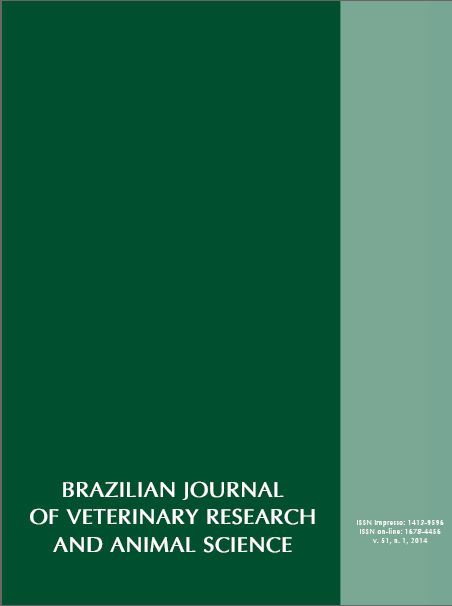Chromatographic methods for biogenic amines determination in foods of animal origin
DOI:
https://doi.org/10.11606/issn.1678-4456.v50i6p430-446Keywords:
Biogenic amines, Chromatography, Foods of animal originAbstract
Biogenic amines (BAs) are formed as a result of specific free amino acid decarboxylation. Analysis of these metabolites may be of great importance to determine food quality and for monitoring the levels of biogenic amines such as histamine and tyramine related to intoxication episodes in humans. Chromatography is a chemistry separation technique used to characterize biogenic amines in foods. Variations of this technique (liquid, thin layer and gas chromatography) have been widely applied; however, the food matrix complex requires that changes in the methodology of extraction, derivatization and detection must be performed according to each group of foods. High-performance liquid chromatography is the most widely used chromatographic method applied for biogenic amines in foods. However, due to the current importance of biogenic amines in quality control and consumer safety, researchers try to develop new methods for a fast, reliable analysis of foods in the market. This review presents some chromatographic techniques applied to monitoring BAs in different foods of animal origin.Downloads
Download data is not yet available.
Downloads
Published
2013-12-09
Issue
Section
REVIEW ARTICLE
License
The journal content is authorized under the Creative Commons BY-NC-SA license (summary of the license: https://
How to Cite
1.
Lázaro de la Torre CA, Conte-Júnior CA. Chromatographic methods for biogenic amines determination in foods of animal origin. Braz. J. Vet. Res. Anim. Sci. [Internet]. 2013 Dec. 9 [cited 2024 Apr. 26];50(6):430-46. Available from: https://revistas.usp.br/bjvras/article/view/81038





